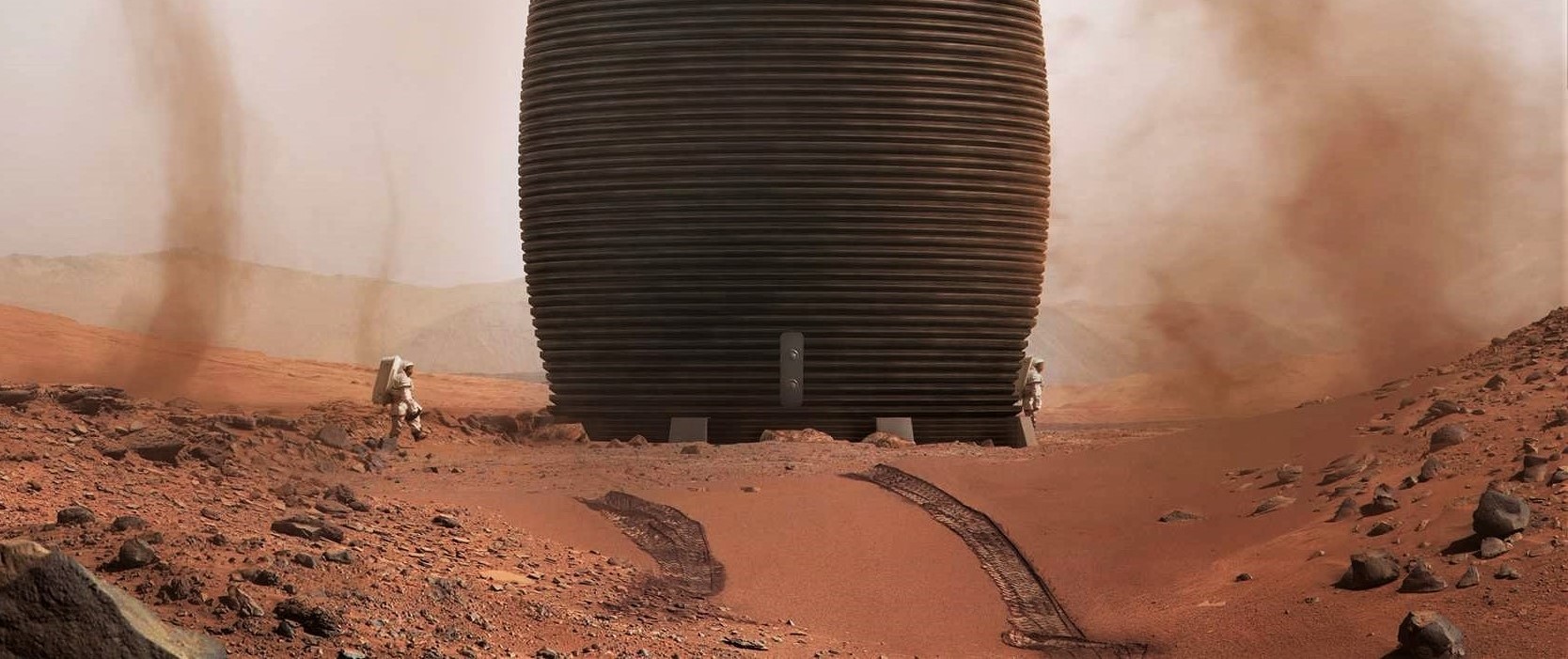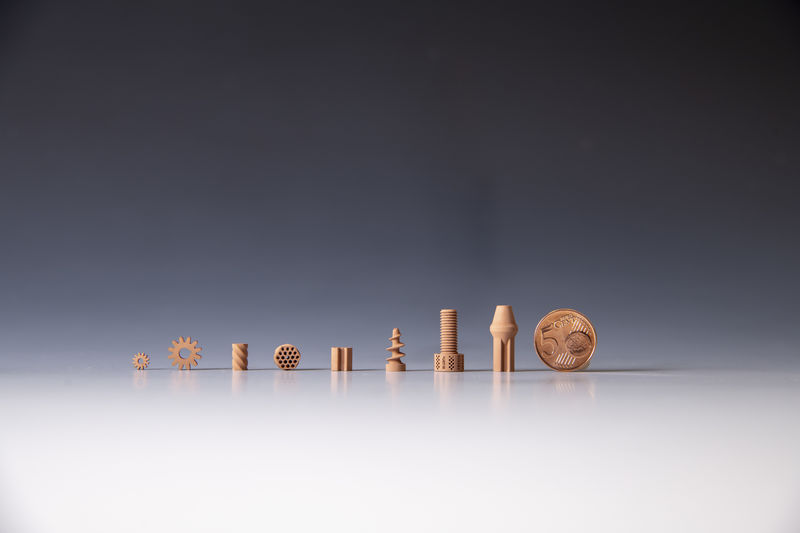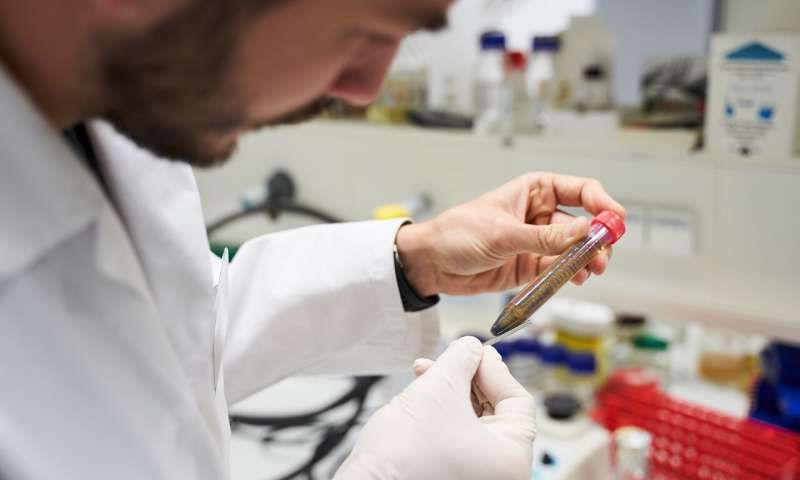 6 februari 2020, 15:22
6 februari 2020, 15:22
|
#128
|
|
Secretaris-Generaal VN
Geregistreerd: 18 mei 2005
Locatie: Limburg
Berichten: 50.234
|

Voor de onwetenden en neezeggers en gek-zot-kk-schelders en ... lol
Bouwen op Mars met de hulp van bacteriën die zonder zuurstof kunnen leven en "werken". Hoeveel ze dan nuttig zijn en hoeveel materiaal ze produceren zal men daar pas uitvlooien. 
3D-printer is zeker handig en nodig voor alle tools te maken. Een bioreactor is evident. Tijdens de marsreis kan er ook al wat gedaan worden. Een simpel filmpje is bijgevoegd.
Citaat:
https://www.teslarati.com/mars-build...-construction/
Mars buildings could be built using components made from bacteria
February 3, 2020
Bacteria could be useful construction tools when it comes to building cities on Mars.
Elon Musk recently detailed his plans for establishing a city on Mars. But before we take up residence on the red planet, we’re going to need some help laying the groundwork. Here’s where bacteria come in.
A special group of microorganisms, called Shewanella oneidensis, would make excellent helpers, says Benjamin Lehner, a doctoral candidate at Delft University of Technology in the Netherlands.
https://www.youtube.com/watch?time_c...ture=emb_title
Shewanella belongs to a group of bacterium called exoelectrogens, which possess an unusual skill: They can produce electricity. But that’s not all. Lehner says the bacterium can also mine iron out of the Martian soil.
In 2018, NASA sent a batch of these helpful bacterium to the space station to see how well they thrive in space. Now Lehner wants to send them on to Mars, ahead of human explorers.
“In its natural form, we can’t use much of the iron in the Martian soil,” Lehner said in a statement. “But S. oneidensis has the ability to turn part of the soil into magnetite, a magnetic oxide of iron.”
That iron would then be used as building materials for future structures on Mars.

A glimpse of AI SpaceFactory’s MARSHA Mars habitat. Bacteria could be used to create building materials for future habitats like this one. Credit: AI SpaceFactory & PLOMP
So how would it work? Lehner says that three things should sent to Mars ahead of any human expeditions: a rover, a bioreactor and a 3D printer. The rover would fetch batches of Martian soil, called regolith, then feed it into the bioreactor.
The Martian soil is rich in iron and the S. oneidensis loves to munch on iron, so it would be waiting in the bioreactor, ready to chow down.
The bacteria would then produce magnetite as a byproduct from the regolith. The magnetite would then be extracted and separated from the rest of the soil with magnets. Finally, the 3D printer would turn this raw metal material into a host of valuable parts for humans.

Bacteria can be used to extract iron from the Martian soil that can be used as building materials. Credit: ESA–G. Porter, CC BY-SA 3.0 IGO / Lithoz
The printer could create any part necessary—screws, nuts, bolts—for building structures (including human habitats) on Mars.
So how much iron could these microbes realistically produce? Leher and his team estimate they could have a substantial amount in a few year’s time.
According to the researchers, a 370-gallon (1,400-liter) reactor could yield about 770-lbs. (350 kilograms) of the material each year. “After 3.3 years, it would produce more iron than can fit inside the capsule,” he explained. “By sending several of these unmanned modules to Mars, we can produce a good amount of iron in a few years’ time.”

Lehrer and his team propose using bacteria to mine mangenite from the Martian regolith. Credit: ESA–G. Porter, CC BY-SA 3.0 IGO / Lithoz
Bacteria are advantageous because they’re self-replicating, can withstand the harsh radiation on Mars, and are cheap to transport. They only need one thing: food.
To that end, Lehner suggests sending microalgae along with the bacteria. These organisms live off of sunlight and CO2, two things that are plentiful on Mars. The microalgae will turn those ingredients into nutrients and oxygen, perfect for the bacteria.

How the process would work. Credit: ESA
But what if some rogue bacteria make their way out of the reactor? Would we then contaminate Mars with Earth microbes? What does this mean for the search for life?
“We want to prevent our bacteria from contaminating the planet, since that could hinder the search for life on Mars,” Lehner said. To mitigate any chances of contamination, Lehner’s team says that the bioreactor and any iron material produced needs to be safely contained.
|
Laatst gewijzigd door Micele : 6 februari 2020 om 15:29.
|

|

|